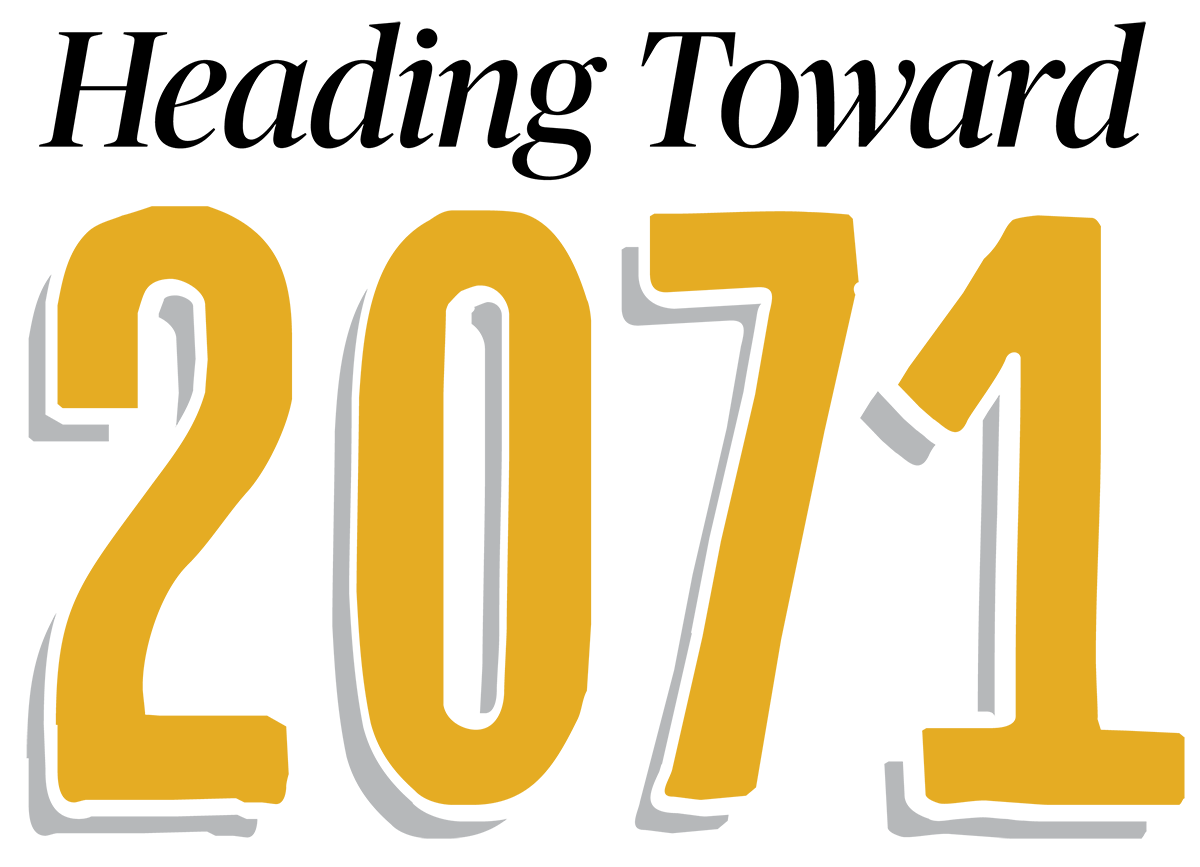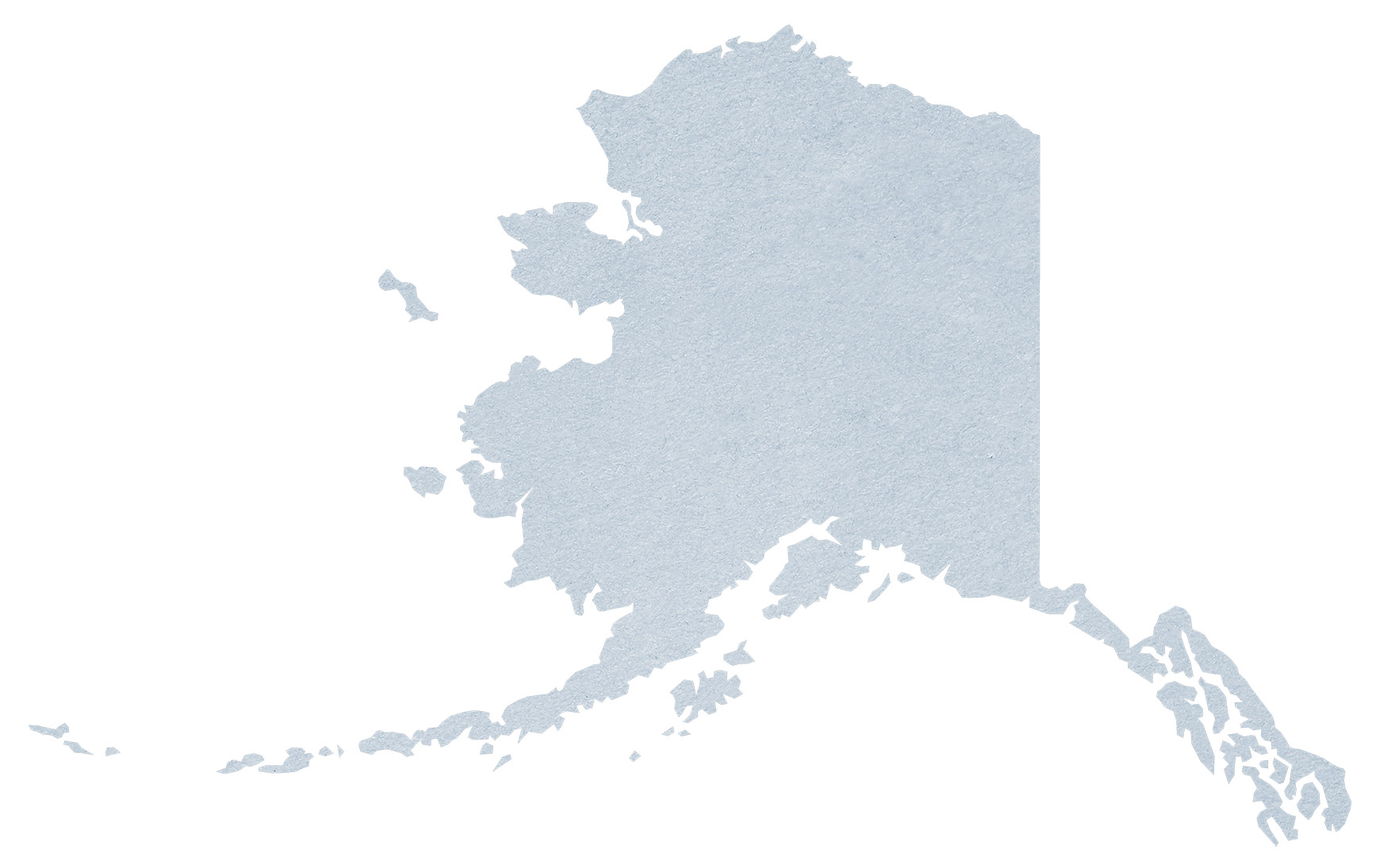
Heading Toward 2071

I. Native Land Claims Era
“They could have claimed ASRC,” she’s said a couple times. She was in kindergarten and one of my Inupiaq names, Iqilan, is after her babysitter of the time. My grandparents knew where they truly came from. “But we’re from the Kobuk River, not the Slope. We only lived there.”
My dad has a similar story, one that recalls how Kotzebue neighborhoods looked before 1971. He’d have been about ten years old. The NANA regional hub town was never a traditional settlement; it was where the surrounding communities went to trade their goods and share their dances every summer. They called the spot Qatnut, a gathering place.
The location of Kotzebue is below the Noatak and Kobuk rivers (which get fairly close to both the North Slope and Interior regions at their beginnings). Sisualik, Katyuuraq and Ivik are just across the Sound. Kotzebue is above the coastal communities of Buckland and Deering—which are just above Nome. There’s a mining road that almost connects the Norton Sound and Northwest Arctic regions, from the gold rush period. It was never finished.
My dad said before land claims Kotzebue was sorted into different communities, depending on which area people came from. Noatak people in one area, most likely closer to Point Hope people in another area. Buckland people in another spot, Deering people close by, and maybe some Shishmaref people, too. I imagine this is how the trading area looked when they traditionally visited back in the day. They set up camp in certain areas to be closer to family and nearby communities.
When ANCSA was passing, people were beginning to learn about claiming corporations, just as my grandparents had the choice to. My dad had a lot of neighborhood friends who moved back to Point Hope from Kotzebue because of the act’s passage. He still shares names and stories from their childhood. He still hugs them and introduces us at the Alaska Federation of Native Convention (AFN.) I’m sure it’s not only my dad who can remember the time before we were officially divided into corporate land claims.
II. Learning my Roles
I have memories of my dad showing up at the house mid-morning and telling me to get dressed to attend a borough meeting. Even though I was barely 15 or 16, he had me go up to the microphones in front of these leaders and talk about why the program matters to me. I’d later ask him why he pushed me out of my comfort zone to do that.
“What else was I going to do?” he said. “Sit and listen to you talk about it at the kitchen table?” He taught me lessons like this at a young age and they naturally became a big part of my adulthood.
The community I grew up in always saw me as someone with a voice. They encouraged me to use it throughout college, when I first started becoming a writer. The scholarship committee individuals would go out of their way around town to share their pride over my essays. It ultimately forced me into thinking I belong in the policy realm, well into my late twenties. I’d attended international meetings across the globe on behalf of Indigenous Peoples, started a local youth council effort when I returned home after college, and found jobs in statewide policy organizations.
I was under the impression that my dream was to be a mover and shaker through the government. I thought I was meant to follow the nearly 50-year history of Natives working in policy and learning these new ways of sovereignty. And I know I was meant to be a voice with a vision—but I didn’t yet realize it wasn’t through a political route.
While I was building a career and resume that my community helped me create, I was slowly doing things that I enjoyed, too. Becoming a columnist for the Arctic Sounder while living in Los Angeles at 20 years old seemed like an accident at the time, but I later realized it what I was meant to do. From learning to be published in different ways throughout my early twenties, I eventually decided to teach myself how to design and publish my own magazine. It was an effort to make a whole community out of artists, writers, photographers, poets and visionaries.
Both my governmental and media-driven experiences kept building until one seemed to crumble overnight. At 26 years old, I suddenly lost the opportunity to serve on a board I’d worked closely with since age 14. It forced me to change my entire perspective because I was convinced this role was already mine due to experience and respect. I was 12 years into this community role of having a voice and I came across the ground-shaking realization that I was always meant to lead in an artistic, media-driven way—not as a politician.
It was something I’d known at my core for over a decade, but it took losing something I worked hard for to change my view of how to serve the community. Then, I realized it wasn’t even truly my own dream but one of my community’s ideas. I had a bigger goal for my people and they just couldn’t see it yet.
Maybe, I realized, it seems easier to think someone with a strong voice and vision should put their name on a ballot.
III. THE NEXT 50 YEARS
The government makes the moves and the media serves almost as a translator for the society. The media, whether it’s through journalism or entertainment, responds to what is politically happening at the moment. The people, then, make their judgements based on that. There are so many outlets to serve so many angles of opinions on what the government is doing. Policy does its same thing and function; media-based and artistic response is where the crowd gets captivated, informed, educated, empowered, etc.
Fifty years ago, ANCSA was passed and our people had a huge learning curve in store. Many Native professionals were born out of this movement, whether they became politicians, staffers, campaigners or media. There are so many lessons we’ve learned on how to work with the government and now we have multiple generations within that realm for our community.
Yet, we are not at the full potential that we all know we are capable of. Maybe it’s because we need to turn our attention to the next fifty years of Native media development. Our Native society has a decent grasp of its relationship with policy, but do we have enough advancement within Alaska media? No. Not yet.
But, we will.
Back then, some Native college kids knew that we deserved sovereign governance of the land. They understood that we can work with the system in order to achieve that. They did this while facing racism, discrimination, senses of urgency and balances of two separate cultural worlds.
Today, even more Native youth are collectively understanding the work that goes into using social media to reclaim identity, traditional knowledge and, of course, #LandBack. The best part is that we have this global network that our Elders and Ancestors did not have, at least not at the speed that we have it now. As a Millennial, this excites me, but I have an even deeper anticipation for what Gen-Z can accomplish over the next 50 years.
IV. Native Ways of Life in 2071
One of the biggest Alaska Native stories of the year is how Quannah Chasinghorse is making an impact for climate justice while becoming a fashion industry stakeholder.
Patuk Glenn went insanely viral on TikTok because she is so grounded in her cultural identity with an educated mind, strong voice and creative eye.
We have the “Always Indigenous Media” platform that reports back to us on social media directly from big governmental gatherings.
Individuals are using their Instagram and Twitter profiles to spread education, inspiration and even to directly fight ignorant racism.
Natives across the globe are standing up for Missing and Murdered Indigenous Women through hashtags and challenges.
We are facing the international, governmental truths of boarding schools being revealed together online.
Our children are being raised on the powerful PBS show, Molly of Denali, where our own people are writing and producing behind the scenes.
As for me, I am one-third of Native Time, a multi-media entertainment outlet created in partnership with Alice Qannik Glenn of the Coffee & Quaq podcast and Howdice Brown III of Channel Films and Indigenous Future. Together, we envision a powerful 50 years ahead of us, directly through the innovative productions that can happen through a magazine, a podcast and documentary filmmaking.
I encourage everyone to critically think and actively engage in how we’ll shape Alaska media today, in order to provide a better future for our society as a whole; where our Native governance and Native media can go hand in hand to advance our communities toward 2071.